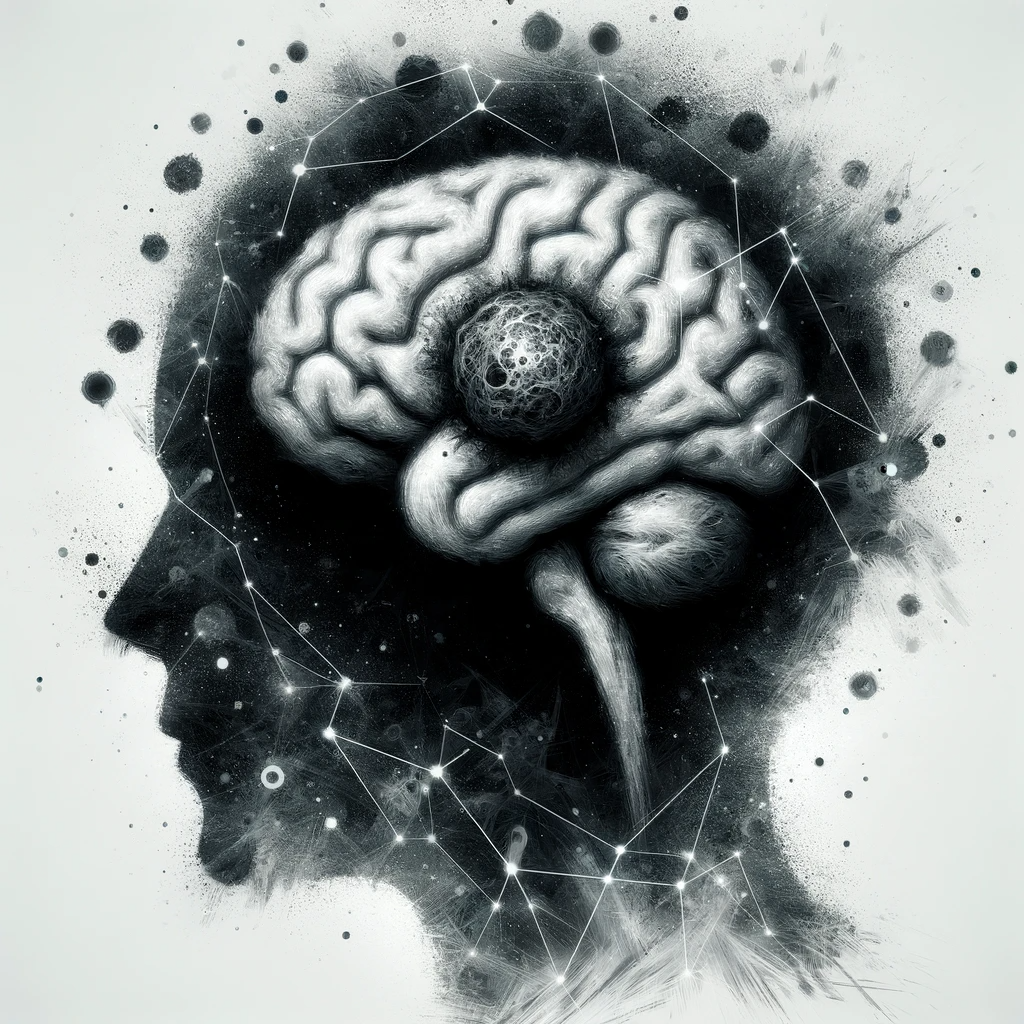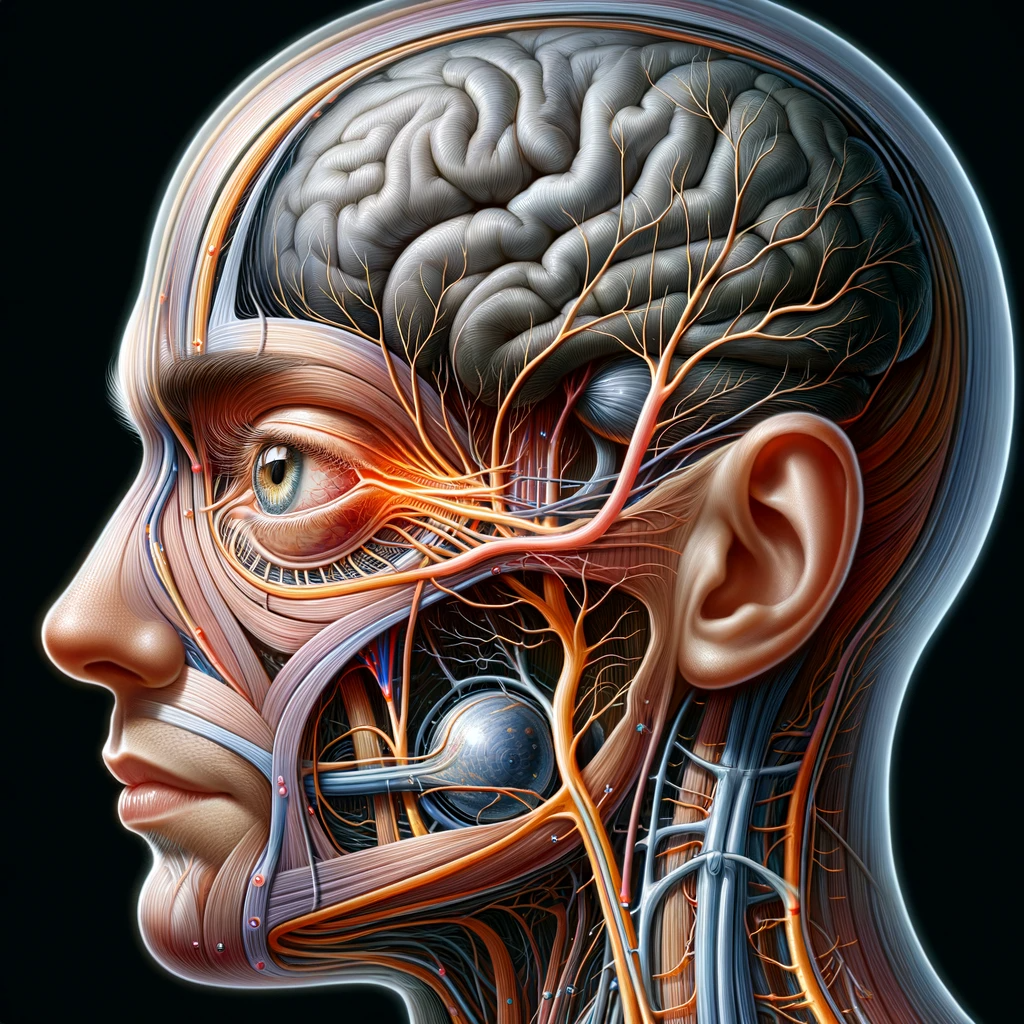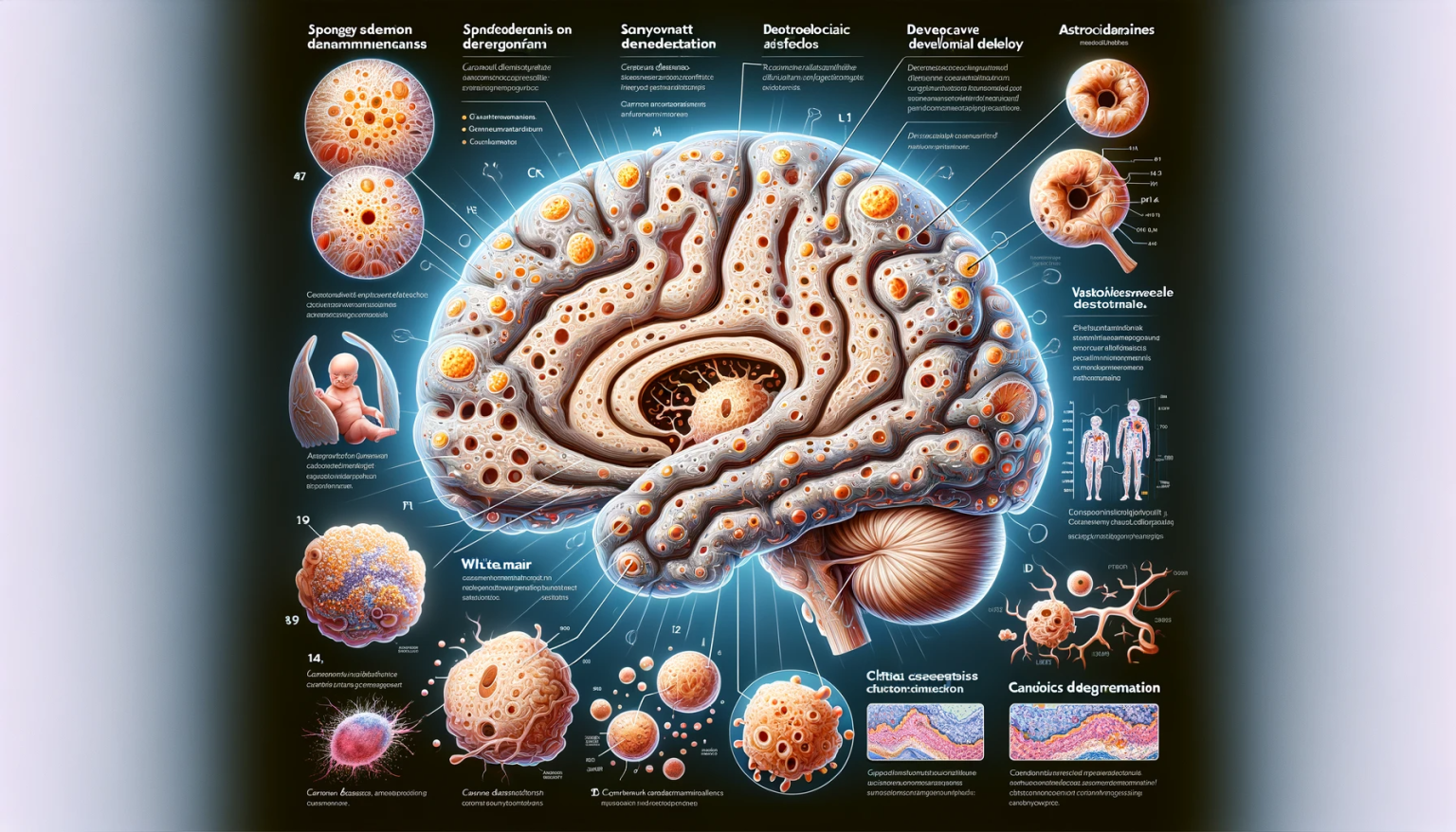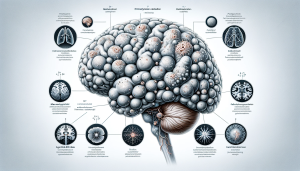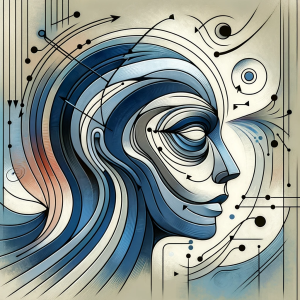Introduction
Capgras Syndrome is a rare neuropsychiatric disorder characterized by the delusional belief that a familiar person, usually a close family member or friend, has been replaced by an identical imposter. This condition, first described by Joseph Capgras in the early 20th century, is intriguing in its manifestation and is often associated with other psychiatric or neurological conditions. This article provides an overview of Capgras Syndrome, discussing its clinical presentation, possible causes, diagnostic challenges, and treatment approaches.
Clinical Presentation
Individuals with Capgras Syndrome typically experience strong convictions that someone they know has been substituted by a double. This delusion is often specific to one or a few individuals and is usually persistent. Patients may also exhibit symptoms of paranoia, and in some cases, the delusion extends to objects or pets. This syndrome can occur in the context of various mental health conditions, including schizophrenia, dementia, and after traumatic brain injuries.
Etiology and Pathogenesis
The exact cause of Capgras Syndrome is not fully understood, but several theories have been proposed. One hypothesis suggests a disconnection between the facial recognition areas of the brain and the emotional response centers, leading to a recognition of the face without the associated emotional connection. This disconnection may result from structural brain changes, neurodegenerative diseases, or as a consequence of psychiatric conditions.
Diagnosis
Diagnosing Capgras Syndrome is primarily clinical and based on the patient’s reported experiences and behavior. Neuroimaging and neuropsychological assessments can be helpful in identifying underlying neurological or psychiatric conditions. It is crucial to differentiate Capgras Syndrome from other delusional disorders and to assess for co-existing mental health issues.
Treatment and Management
Treatment of Capgras Syndrome is challenging and often focuses on the underlying condition. Antipsychotic medications can be beneficial, especially if the syndrome is part of a broader psychotic disorder. Cognitive-behavioral therapy may also be employed to help patients manage delusions. In cases associated with dementia, ensuring a safe and familiar environment can help in reducing distress.
Conclusion
Capgras Syndrome is a fascinating yet challenging condition that intersects the domains of psychiatry and neurology. Its management requires a tailored approach, addressing both the delusional aspect and any underlying conditions. Continued research into the neuropsychiatric basis of this syndrome is essential for developing more effective diagnostic and therapeutic strategies, ultimately improving patient care.


